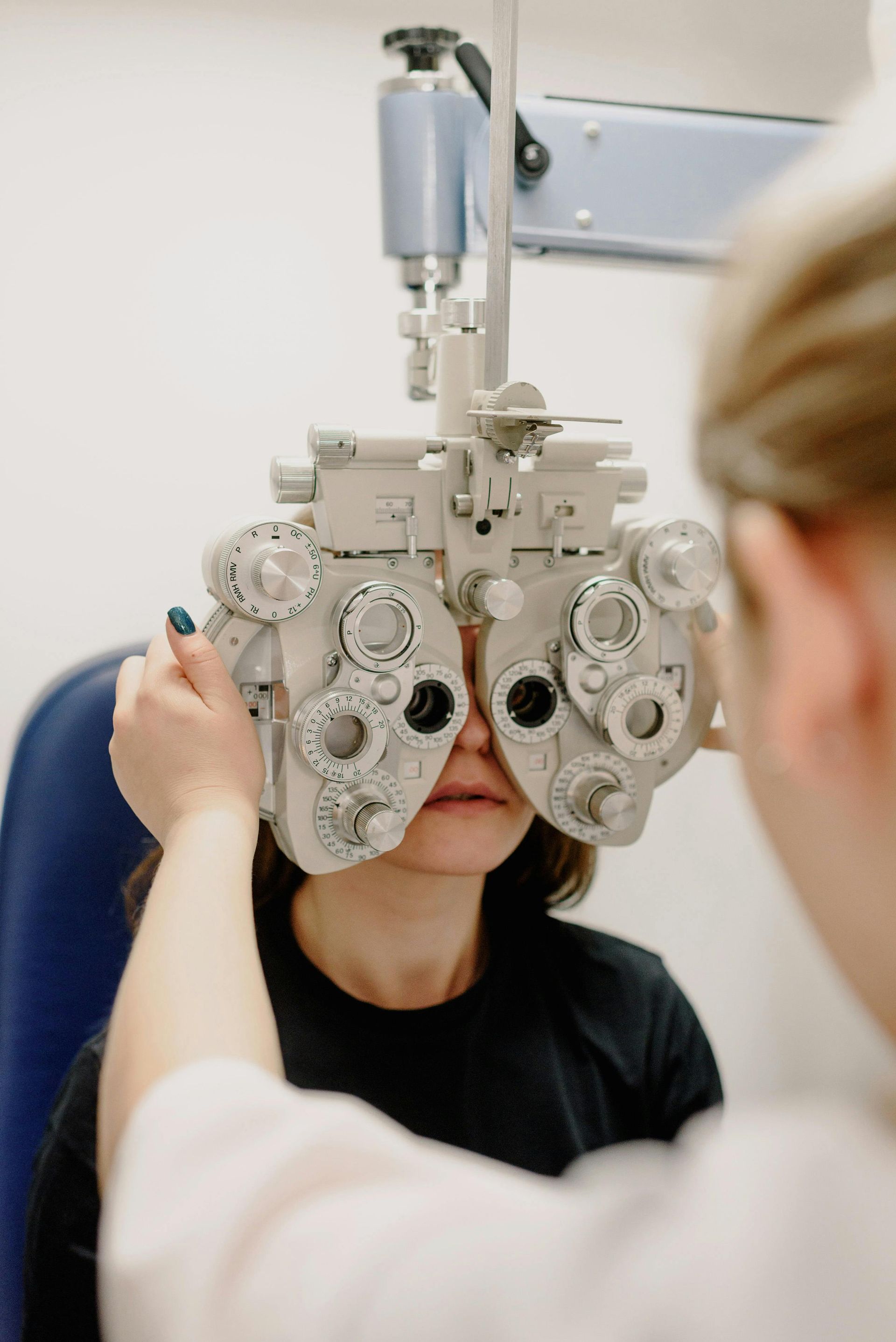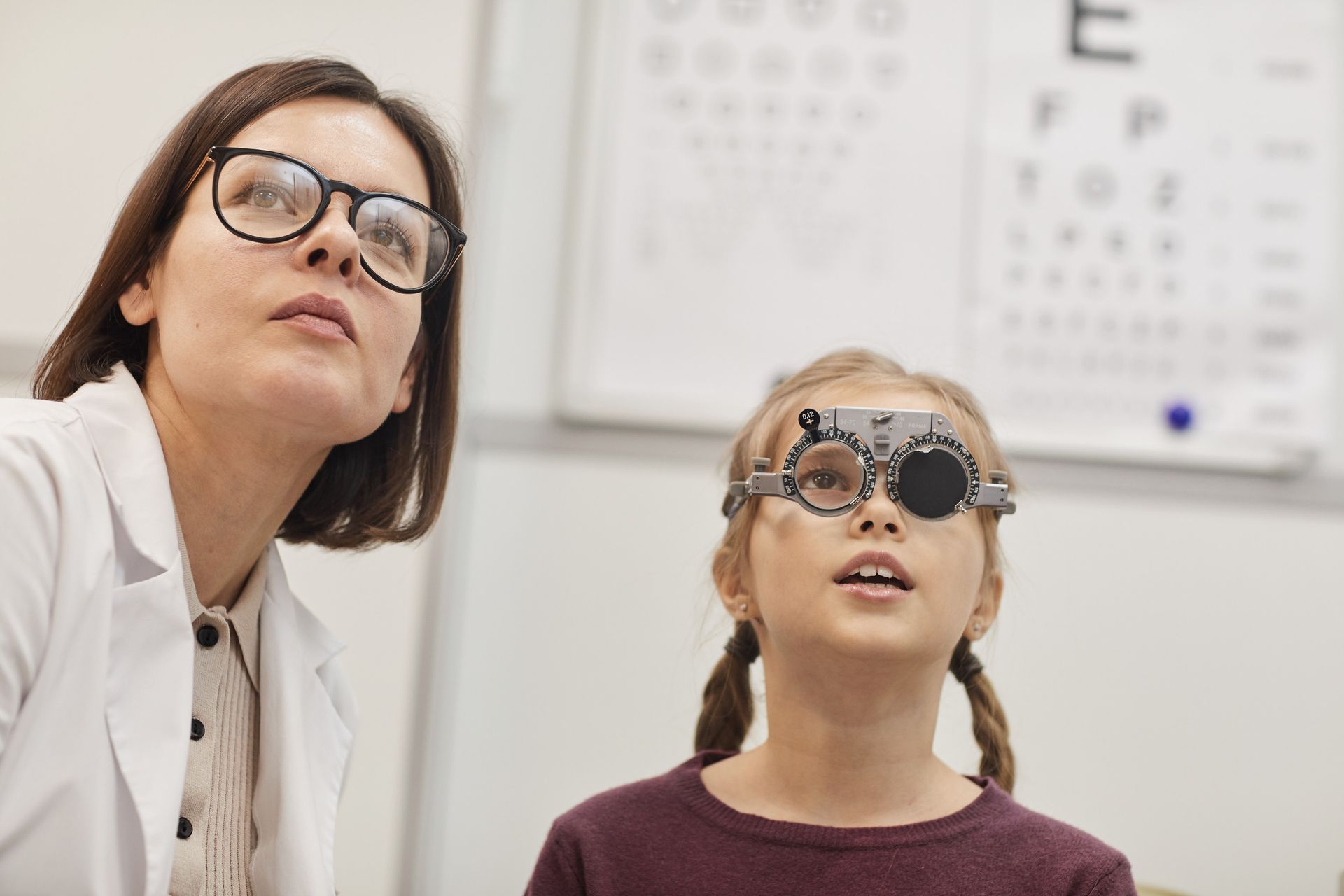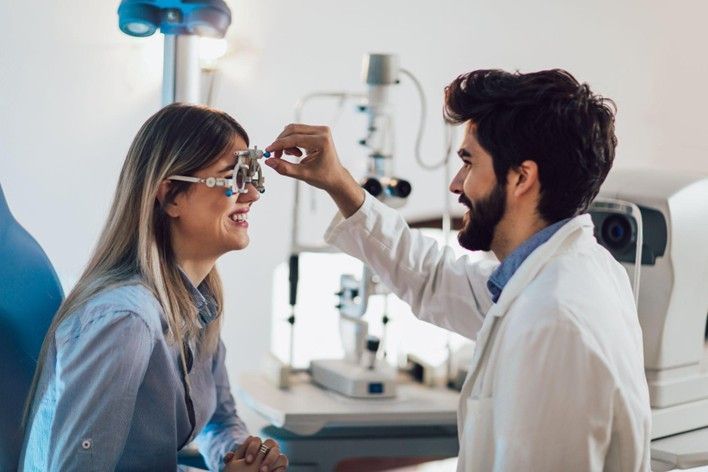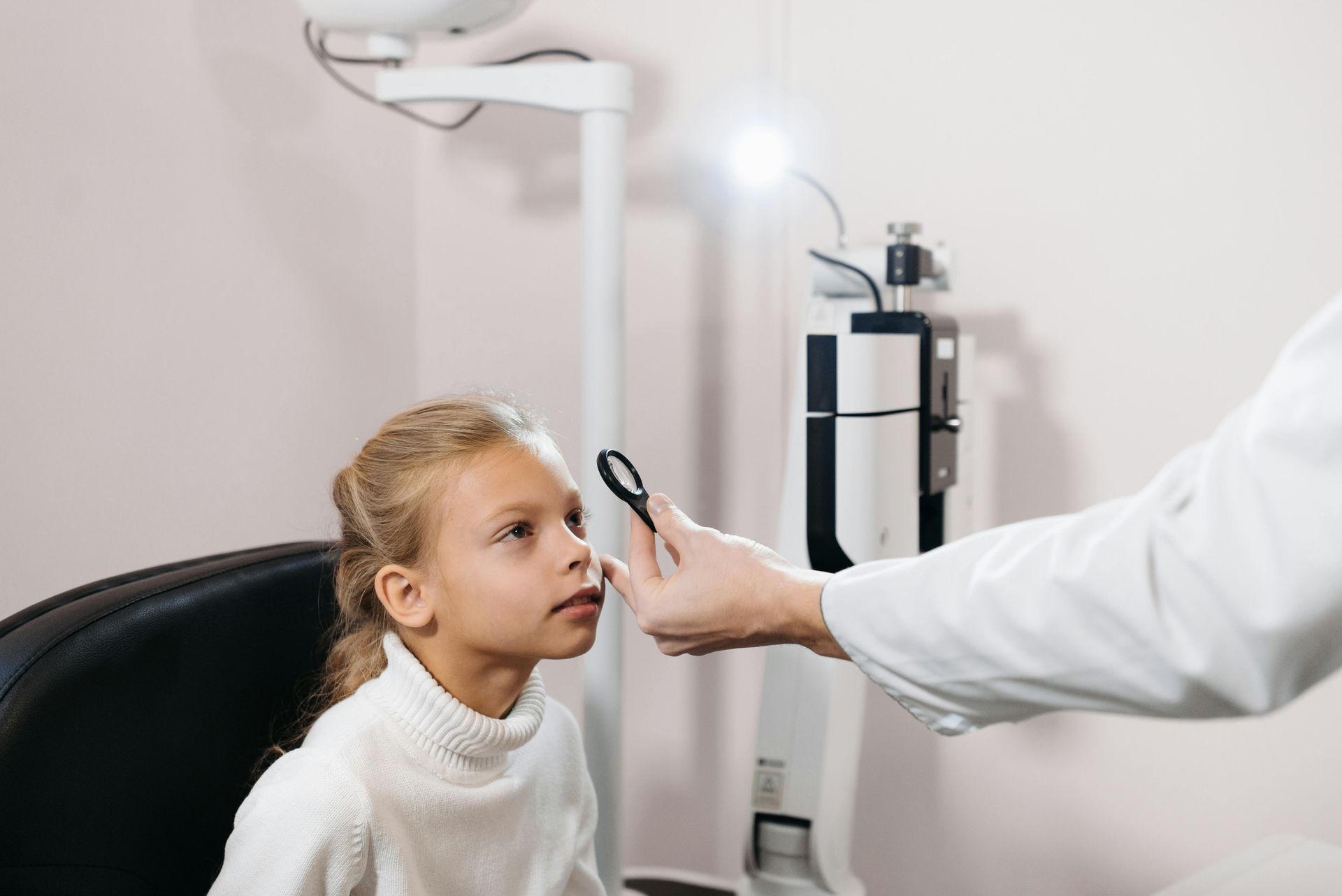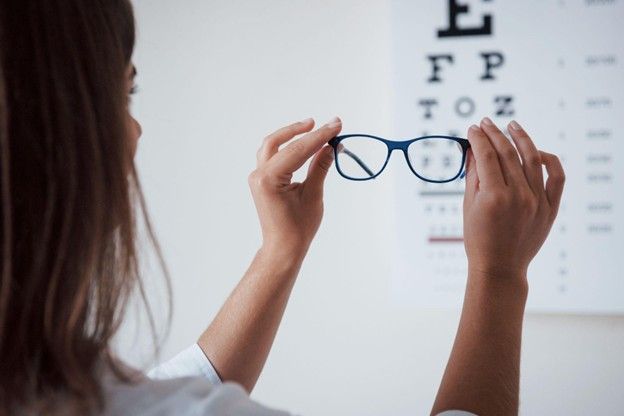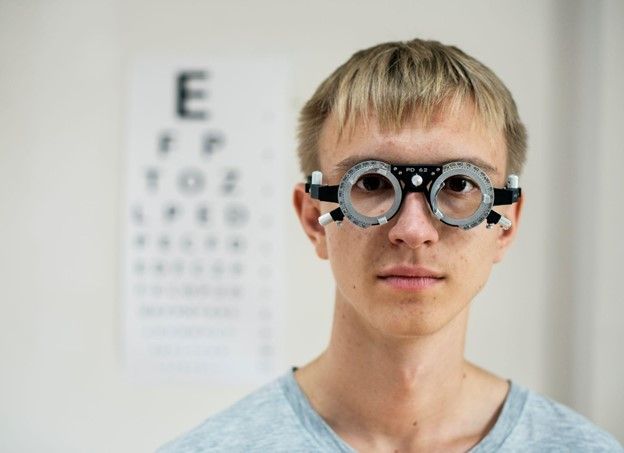Clinic Info
Open Monday through Thursday 8 am to 5 pm and Friday 8 am to 3 pm.
Masks Are Not Required
Masks Are Optional
We ask that if you have any cold-like symptoms, please wear a mask.
Accepting New Patients
While our practice is busy, we’re also growing and accepting new patients! Contact Us Online today or by phone at (207) 284-6651 to schedule your first appointment with us. We look forward to serving you with excellent eye care & eyewear in Biddeford, Maine!
Clinic Info
OPEN
Monday, Tuesday, Thursday 8 am to 5 pm
Wednesday 8 am to 6:30 pm
Friday 8 am to 3 pm.
©2025 Copyright | All Rights Reserved | Optometric Associates Website Designed & Hosted by Maine Street Marketing, Inc., Saco Maine


